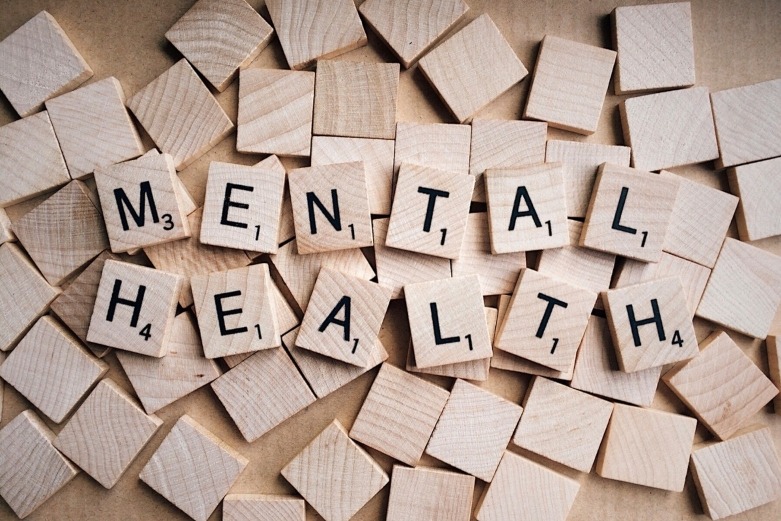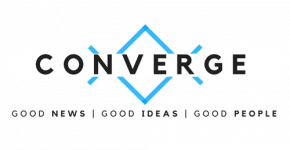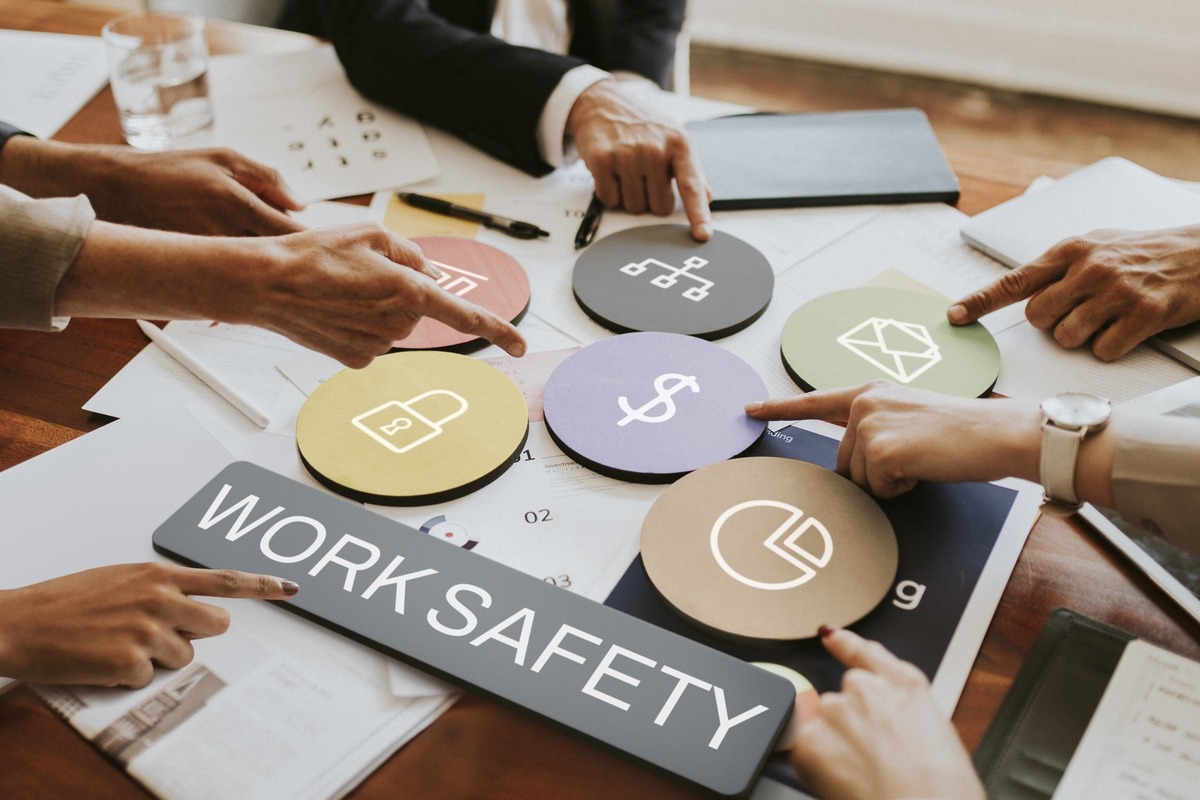Workplace health and safety can be a real challenge. Managing physical risks, mental and emotional strain, and outright damaging levels of discomfort are some of the trends that will shape the business landscape in 2023 and onwards.
MSD and remote injuries prevention
MSD stands for Musculoskeletal Disorder. These are the problems and pains affecting the muscles and bones as a consequence of poor ergonomics. They are some of the most common workplace injuries, and cause massive losses via lower productivity and increased absences.
Since various remote work options are becoming the new default, MSDs are becoming even more prevalent. Pain, stiffness, and other problems affect the wrists, shoulders, backs, lower backs, necks, and hips of remote workers. Most home office setups are improvised and therefore not ergonomically suitable.
Consequently, there are emerging trends of employers contributing to reduced MSD risks. This could mean several things. They might provide nurse triage programs to employees. They might implement tools and procedures for reporting such injuries via chat, video or call in real-time.
Employers might even make direct efforts to correct the ergonomics of their workers’ home offices. They could provide training and materials on proper workstation setup. The same could be made for simple at-home exercises to prevent injuries to the arms, shoulders, lower back, and neck. They might invest in ergonomic office furniture for their employees, e.g. through a discount program with a specialist vendor.
Investing in quality physical protection
Personal protection equipment became a hot topic when the pandemic hit, but it’s not just for medical workers. There is a growing demand for employers in all industries to invest in proper workplace protection for their employees. This means acquiring modern equipment and learning how to utilize it.
To begin with, employers will need to look at their uniform requirements, especially in the trades. Modern technologies have seeped into that too. For example, work men’s trousers now boast features like biomotion support, fire resistance, sun safety, 3D cooling systems, microbial protection, and even incorporate high-grade industrial materials like Kevlar. And that’s just one garment!
People working in high-risk occupations or high-stress conditions probably have even more options to consider. It can get overwhelming quickly, but it’s important to one’s due research. Employers and workers alike need to know what kind of protection will suit them best, how to make the most of it, and make sure they have it.
Obviously, specific requirements will vary between industries, positions, etc. However, the bodily safety of all workers is definitely a key point in workplace trends going forward. After all, people who don’t have to worry about their safety can focus on their productivity instead.

Investing in mental health protection
Psychological safety in the workplace is catching up to the issue of physical safety. There are many fierce debates about mental health management, various forms of workplace harassment, etc. People are sharing experiences and advice on navigating dysfunctional work cultures, and the topic is not going away any time soon.
2023 and the subsequent years will likely see continued pressure on employers to take more responsibility for their employee’s mental health and ensure the workplace environment is psychologically safe for everyone.
First, the experience with the pandemic has brought forward the hazards of high-stress circumstances over extended periods of time. Then there are the issues associated with remote and hybrid work setups. On the one hand, work-life balance became blurred without the physical separation of home and office.
On the other, there’s been a severe cut in social interactions that maintain the workplace community. Going forward, there has to be a way to balance those who thrive in the office and those who do their best work from home.
In conclusion
To summarise, the fields of occupational health and safety are facing some heavy waves in 2023 and the following years. The three key trends will be managing the specific workplace injuries that stem from remote work setups, implementing personal protection equipment outside of the medical context, and reviewing and reworking mental health care strategies.
Office employers will need to adapt to the rise of musculoskeletal disorders and ensure better ergonomic conditions for their remote and hybrid workers. Various industries will have to implement new advancements in workwear, according to their specific hazards. Finally, employers across the board have to dedicate the same attention to their workers’ mental health going forward as they would their physical safety and productivity metrics.





